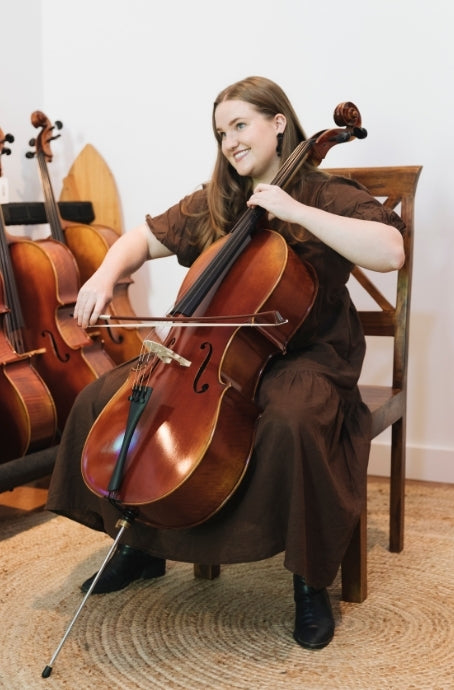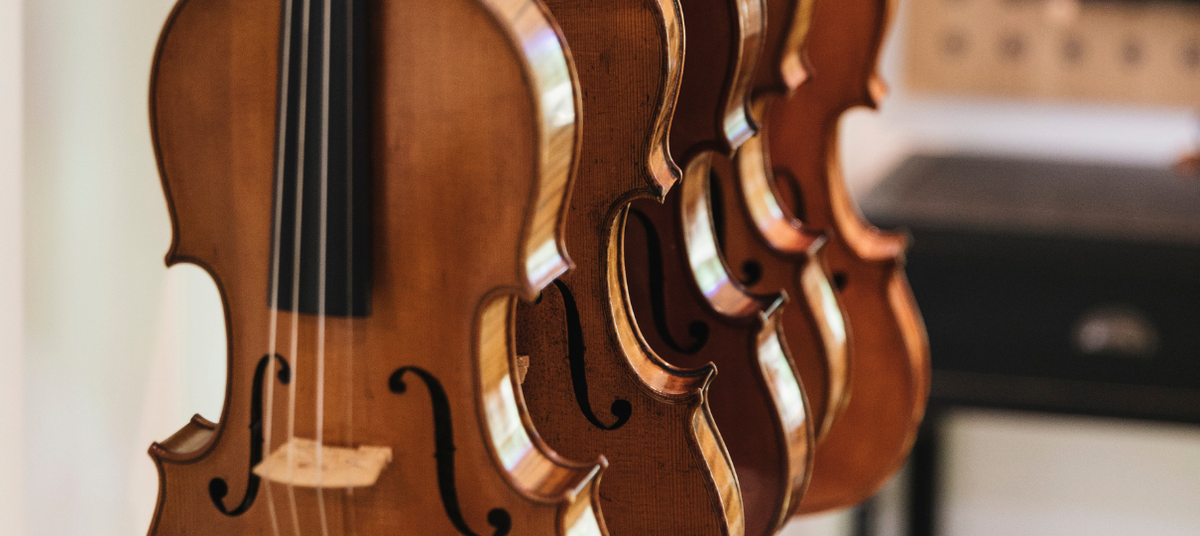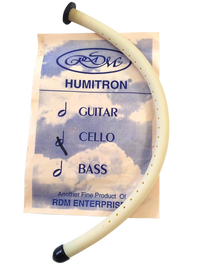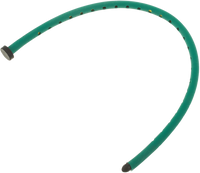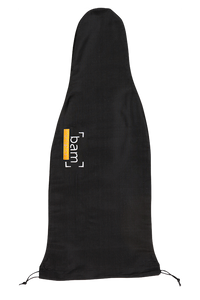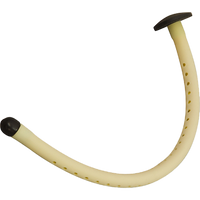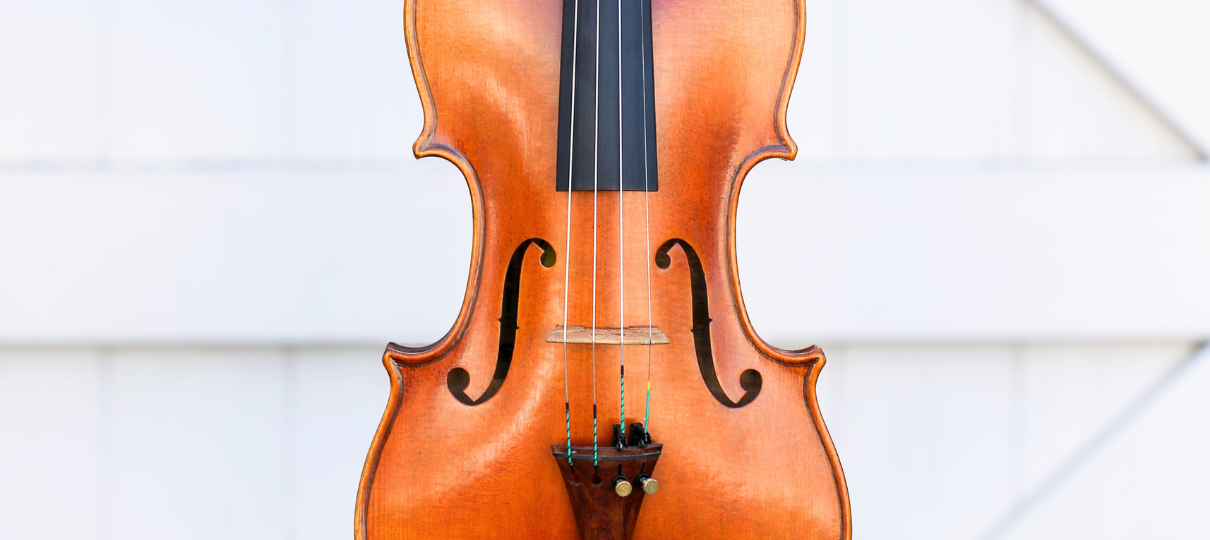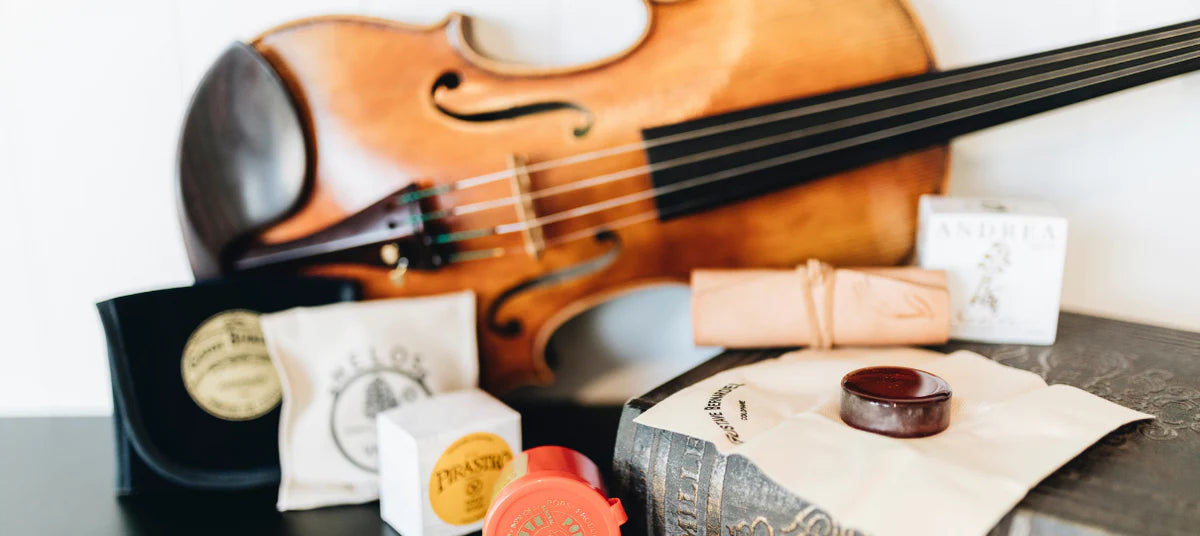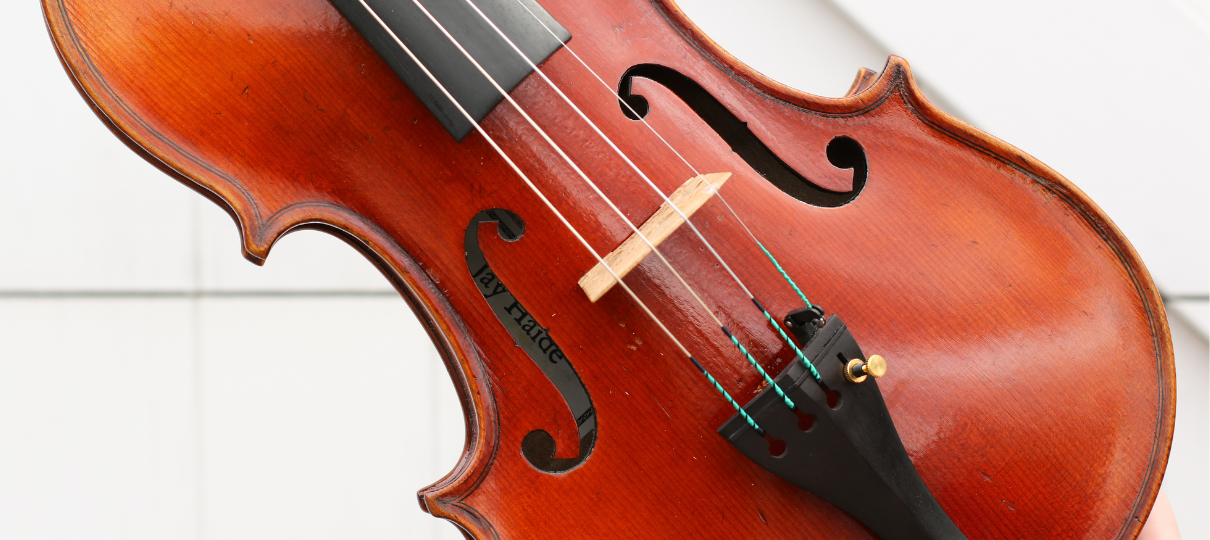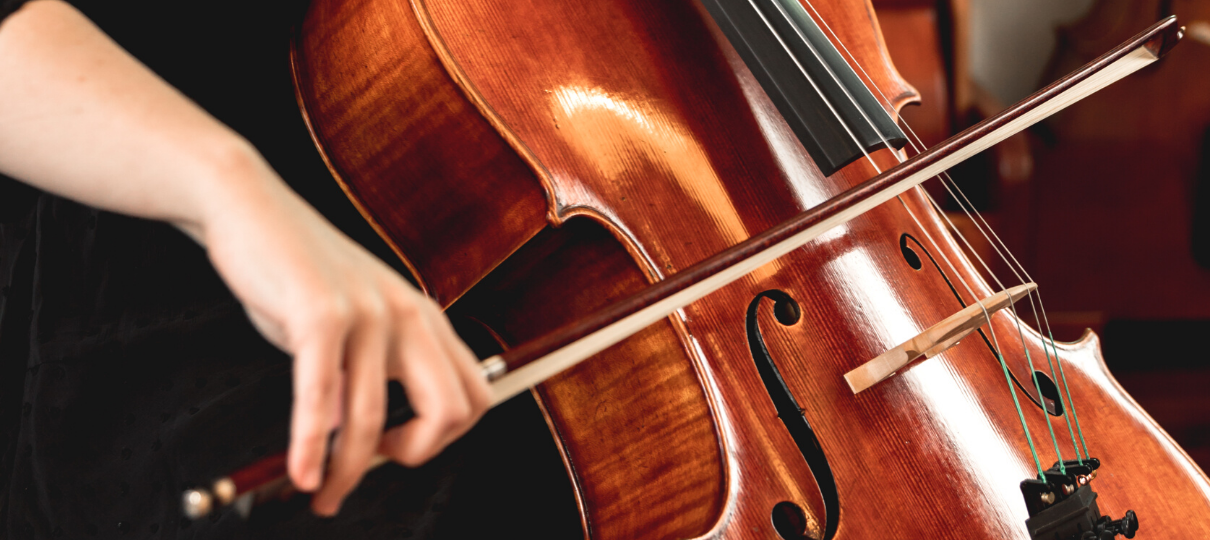High levels of humidity come around every year, especially in Australia – here are our top tips for dealing with humidity and your instrument.
As musicians, we tend to practice indoors, often in air conditioning where humidity can be very low, typically anywhere from 10%-40%. On our way home, we may put our instrument in the back seat of the car where humidity can be further up in the 50-70%. Thinking our instrument is perfectly protected in its case, we then place it in our room where the cold winter air drops the humidity to below 30% putting stress on the timbers of our instrument and bows. With changes in conditions like this, the sound of a small ‘pop’ can signify major damage such as a bass bar or soundpost crack.
While this is an extreme example, most instrument owners are less than certain about how to prevent damage caused by changes in humidity. Stringed instruments are made of wood, a material that expands when it absorbs moisture, and contracts when it dries. To further complicate matters, the two different types of wood used in building instruments—soft spruce for the top and harder maple for the back and sides—expand and contract at different rates. In extreme cases, these changes can cause extensive damage requiring expensive repairs and are sometimes irreparable. They can also cause the edges or seams to open, a much easier and less expensive repair.
The seams of stringed instruments are designed to open when needed. The edges are sealed with hide glue that releases, or opens up, under climatic pressure. Other stronger glues won’t allow for this kind of “safety valve,” and the instrument (especially the top) routinely will crack. As a result, older instruments with many repaired cracks tend to suffer even more injury from climate changes.
Ideally, a stringed instrument should always be kept in a moderate environment with 50 percent humidity. A few of us are fortunate enough to live in a region with these constant conditions, but most of us do not. In Queensland, for example, our winters are very dry and many have heated homes driving the humidity down to 10 or 15 percent—and the summers are often hot and humid. If you live in more central areas where it’s hot and dry a good deal of the time, you need to take extra measures to stabilise the conditions inside the instrument case. In addition to physical damage, stringed instruments suffer tonally from humidity changes.
A dry climate will often cause the tone to become hard, edgy, and dry. Conversely, excess humidity causes instruments to sound dull, thick, and unresponsive.
So how do you maintain the correct temperature and humidity around your instrument?
The two basic approaches to consider are managing the humidity within the instrument itself and addressing the climate in the instrument’s storage area, that is, in the case. There are many commercial products available.
Instrumental Devices:
Some players prefer to use a humidifier that goes in the instrument rather than in the case; others decry this practice, fearing that it could expose the wood to direct contact with water. Care needs to be taken using humidifiers, but they are definitely safe to use. Shop our humidifiers here.
Take Care:
In our shop, we regularly see instruments damaged by extremes of temperature and humidity, which is sad because it is often preventable damage. More often than not, the repair costs are high because the damage is so extensive. You should be ever mindful of the conditions around you and remember stringed instruments are fragile, so protect your investment.
Play It Safe:
Even if you use one of the humidification systems mentioned in this article, you should take additional steps to protect your violin, viola, cello, or double bass. We strongly recommend the following:
- Avoid extremes in temperature or humidity.
- Never, ever leave your instrument in a closed car. Besides the possibility of theft, on a hot, sunny day the temperature in the passenger compartment can quickly rise to 60°C or more.
- Never put your instrument in the trunk of your car, especially when it is hot or cold.
- Don’t store your instrument near a heater or air conditioner.
- Unless your home is well insulated, don’t store your instrument near an outside wall.
- Do not leave your instrument in prolonged exposure to the sun, even if inside a case.
- Wrap your instrument in a natural silk cloth or scarf. The natural fibre helps to slow down sudden changes in temperature and humidity to limit stress to timber. Shop BAM case accessories here or the beautiful Kokon range here.
Want to talk to a string expert about humidity and your instrument? Get in touch with our team today. We can't wait to help.





